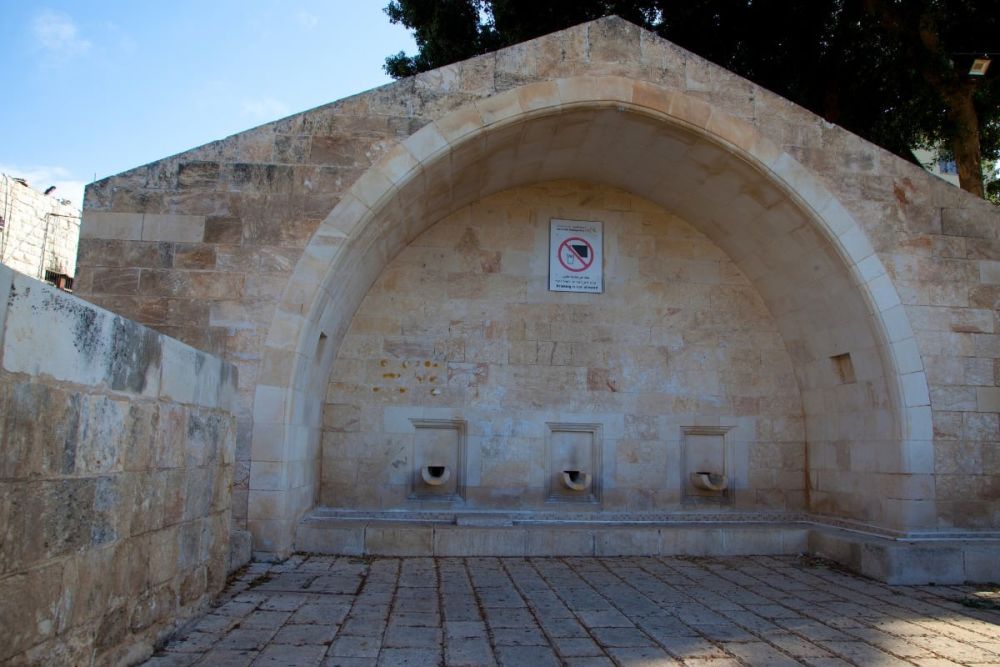

Mary's Well, situated in the heart of the ancient city of Nazareth, is a traditional site of pilgrimage and a focal point of Christian tourism for centuries. Known in Hebrew as 'Ein Miriam', the well is believed to be the spot where the Angel Gabriel appeared to Mary, announcing the future birth of Jesus, an event known as the Annunciation.
Tourism to Mary's Well has ancient roots, tracing back to early Christian pilgrimages. During Byzantine times, when Christianity spread across the Roman Empire, Nazareth became an important stop for believers traveling through the Holy Land. While the exact age of Mary’s Well is unknown, it has been revered since at least the medieval period, as evidenced by historical records of travelers and Christian pilgrims visiting the site.
Over the centuries, the well has undergone changes. It was commonly believed that the original well was situated within the Greek Orthodox Church of the Annunciation, nearby the current site. As the focal point of Nazareth, the well and the surrounding area was developed and maintained to accommodate the influx of pilgrims and travelers.
The present-day site of Mary’s Well is a modern reconstruction. The actual location of the well has shifted over the years, with the current structure dating back to the Ottoman period, and later restored in 2000. Today, Mary's Well is not the city's main source of water but remains a significant landmark for visitors from around the world.
In recent years, Nazareth has seen a consistent flow of tourists drawn not only by Mary's Well but also by a number of other historical and religious sites in the city. The area surrounding the well has been increasingly developed to facilitate tourism, with cafes, restaurants, and visitor centers enhancing the overall experience.
The rise of religious, cultural, and heritage tourism has contributed to making Mary’s Well a highly visited destination. Modern travelers tend to seek authentic experiences, and the well's connection to Biblical history caters exactly to this trend. Moreover, Nazareth's focus on eco-tourism and community-based experiences has recently enriched the options available to tourists.
Efforts have been made to preserve the historical and cultural heritage of Mary’s Well and its environs. The Israeli government, along with local authorities and international agencies, work towards maintaining the sacredness of the site while ensuring it can sustain increasing numbers of visitors. The challenge lies in protecting its historical integrity amid contemporary infrastructural demands.
In conclusion, Mary's Well remains an enduring symbol of Nazareth’s spiritual heritage and continues to attract visitors with its deep historical roots and ongoing relevance to faith-based tourism. As tourism trends evolve, Mary’s Well is likely to retain its significance as a site of pilgrimage and a testament to the enduring legacy of the Holy Land’s complex history.